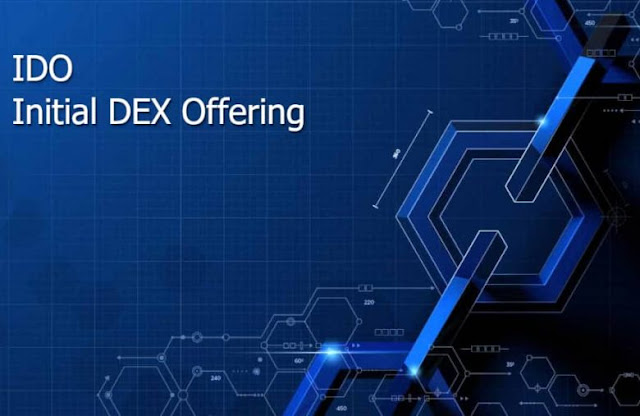Analyzing the Expanding Industry of Hybrid Crypto Exchange Development
Hybrid Crypto Exchange Development combines the speed of centralized exchanges with the dependability of decentralized exchanges.
It will be based on the liquidity of centralized platforms and the confidentiality of decentralized platforms.
They provide both fiat-to-crypto and crypto-to-crypto trading pairs.
For a long time, centralized and decentralized cryptocurrency exchanges dominated the market. While centralized platforms are known for having sufficient liquidity and allowing for quick transactions, decentralized platforms are popular for maintaining a high level of anonymity and being hack-proof.
Centralized exchanges face challenges in the form of frequent hacking attacks and high transaction fees. Decentralized exchanges are incapable of handling high-frequency trading and can become hotspots for malicious activities because they do not adhere to KYC (Know Your Customer) and AML (Anti Money Laundering) regulations.
A Hybrid Cryptocurrency Exchange combines the positive aspects of both centralized and decentralized platforms and addresses the issues by focusing more on the usability and liquidity of centralized exchanges and the anonymity and protection of decentralized exchanges. They accept payments in the major fiat currencies and have a large number of coins listed on their platform.
The numerous advantages provided by Hybrid Crypto Exchange Development are as follows:
- Users can choose between trading on centralized and decentralized platforms.
- Even if third parties regulate cryptocurrency exchanges operating on a hybrid platform, users will retain complete custody of their funds.
- Users' funds or assets are not kept in hot wallets, but rather in secure cold storage facilities. They have sole access to their own private keys. As a result, cyberattacks on hybrid cryptocurrency exchanges are extremely rare or impossible to occur.
- They protect user privacy and are in accordance with the various laws governing digital currencies.
- They use a highly scalable architecture to position themselves as the future of cryptocurrency trading.
A Hybrid Cryptocurrency Exchange Solution's operating mechanism
- A user decides to sell his cryptos, and another user wishes to purchase some cryptos via the platform.
- All incoming order requests will be processed after encryption in a Hybrid Cryptocurrency Exchange.
- The trader can send his private keys to the order pool to decode the instructions and send them to the appropriate matching engine.
- The immutable blockchain network will keep track of all paired trades between different users on the platform.
- Users' cryptocurrency balances will automatically change after successful trades.
The common characteristics of a Hybrid Cryptocurrency Exchange
- To improve the flow of crypto trading on the platform, all information about the order book will be fetched from a leading third-party exchange in the market.
- The presence of an escrow system — It will act as an unbiased middleman between buyers and sellers while they close deals and ensure stability while transferring funds.
- Atomic swapping — Traders can use a private wallet to exchange digital currencies directly without the intervention of third parties by utilizing the built-in atomic swapping option.
- Fast transaction execution — High-level authentication is built into the platform to ensure seamless transaction processing in a fully secure environment.
- A robust admin panel is available — A customized admin and an intuitive user dashboard will give you complete control over the platform's daily operations.
Other features include a user-friendly trading interface, the presence of two-factor authentication as an advanced security measure, the integration of numerous payment gateways into the platform, a real-time notification service to notify users of any important alerts, and advanced smart contracts.
The procedure to follow when developing a hybrid crypto exchange
- The business requirements must be thoroughly examined, and the product's market roadmap must be determined in advance.
- The incorporation of blockchain technology and smart contracts into the platform must be considered after considering the technological feasibility required because it must combine the functionalities of both centralized and decentralized exchanges.
- Before it can be deployed on the main network, the software must be completely bug-free.
- It can go live on the production network after extensive quality testing. To ensure that there are no operational glitches, technical support in multiple languages should be provided around the clock.
Future Prospects for a Hybrid Cryptocurrency Exchange Solution
They are gaining popularity and are the newest form of cryptocurrency trading. It harmoniously blends centralized and decentralized elements. It remains to be seen whether it will become a full-fledged player in the burgeoning cryptocurrency market. More cooperation from investors is required, as well as increased user trust. Many hybrid cryptocurrency exchanges, such as Qurrex, Eidoo, and Stoxum, are in various stages of development and are competing with large centralized exchanges by offering lower gas costs, faster transaction processing, and an aggregated liquidity pool.



Comments
Post a Comment